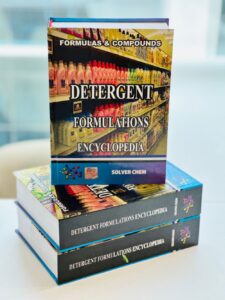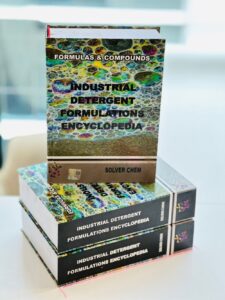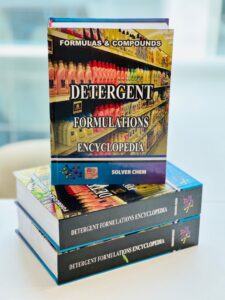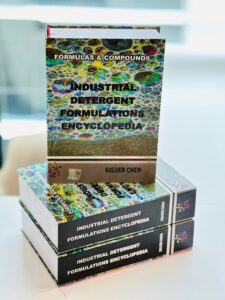
 💧 Low-Foam Liquid Industrial Dishwasher Detergents – Production, Formulation and Properties
💧 Low-Foam Liquid Industrial Dishwasher Detergents – Production, Formulation and Properties
Overview:
Low-foam liquid industrial dishwasher detergents are high-efficiency cleaning agents specifically designed for automatic and continuous dishwashing systems used in restaurants, hotels, hospitals, and institutional kitchens.
Their primary advantage lies in their controlled foam behavior, which ensures smooth mechanical operation, effective rinsing, and precise dosing in industrial washing machines.
Unlike household detergents, these formulations are highly alkaline and concentrated, delivering excellent degreasing, descaling, and sanitizing power.
They rely on a combination of low-foam surfactants, alkaline builders, chelating agents, and corrosion inhibitors to achieve powerful cleaning while preventing scaling and machine damage.
Because industrial washers operate with strong water agitation, high temperature (55–80°C), and rapid cycles, excessive foam can interfere with pump efficiency and cleaning quality.
Thus, low-foam detergents are critical for operational stability, energy efficiency, and cost control in professional dishwashing environments.
Production and Formulation:
The production process for low-foam liquid industrial dishwasher detergents involves controlled blending of surfactants, builders, and stabilizers to achieve consistent viscosity and foam suppression.
Typical formulation components include:
-
Low-Foam Surfactants: Ethoxylated alcohols, alkylpolyglucosides (APGs), or amphoteric surfactants for grease and soil removal.
-
Alkaline Builders: Sodium hydroxide, sodium metasilicate, or carbonate for pH control and heavy-duty cleaning.
-
Chelating Agents: EDTA, MGDA, or GLDA to control water hardness and prevent limescale.
-
Defoamers: Silicone-based or non-silicone defoamers to control foam under agitation.
-
Corrosion Inhibitors: Silicates or phosphonates to protect stainless steel and machine components.
-
Stabilizers: Prevent separation and maintain uniform product texture.
-
Optional Additives: Mild oxidizers or fragrance systems for freshness and sanitation.
Production is carried out in stainless steel mixing tanks with pH and temperature monitoring (30–50°C).
The liquid detergent is homogenized, filtered, and filled into HDPE drums or automated cartridge systems for safe dosing.
Proper mixing ensures consistent foam suppression and chemical stability across storage and temperature variations.
Properties:
-
Low-Foam Behavior: Ensures uninterrupted mechanical operation in automatic dishwashers.
-
High Alkalinity (pH 11–13): Provides strong degreasing and soil removal.
-
Effective at High Temperatures: Stable and active in 55–80°C washing conditions.
-
Quick Rinsing and Draining: Leaves glassware and utensils spotless and streak-free.
-
Corrosion Protection: Protects stainless steel, aluminum, and machine parts.
-
Water Softening Action: Prevents scale formation and spotting.
-
Controlled Viscosity: Maintains smooth flow for automatic dosing systems.
-
Chemical Stability: Resistant to separation or thickening over time.
-
Eco-Friendly Options: Phosphate-free and biodegradable surfactant systems available.
-
Operator Safety: Reduced splashing and foaming minimize handling hazards.
Summary:
Low-foam liquid industrial dishwasher detergents represent the core of modern institutional dishwashing technology.
Their advanced formulation ensures powerful cleaning with minimal foam interference, enabling efficient pump action, faster rinsing, and long-term equipment protection.
By combining strong alkalinity, low-foam surfactants, and stabilizers, these detergents deliver superior cleaning performance, operational efficiency, and environmental safety for professional kitchens and industrial washing systems.


